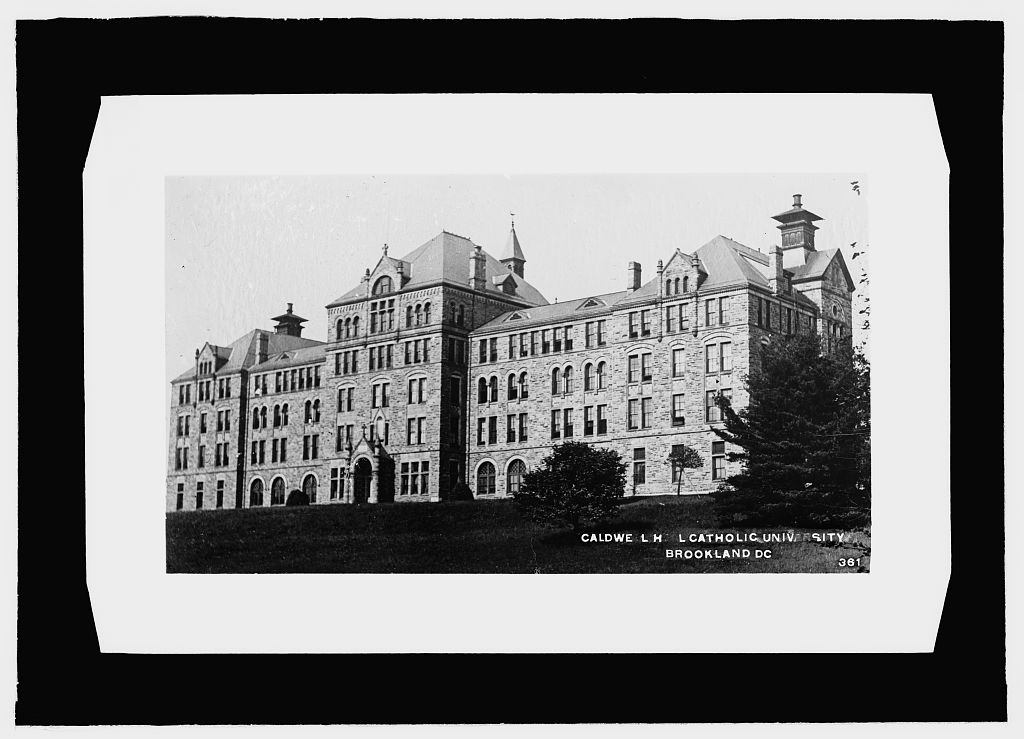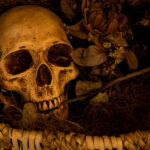This is for entertainment and informational purposes. This is not medical advice. Please consult a qualified provider for individual care.
Transcript:
The Historical Parallels between Religious Exorcism and Psychotherapeutic Treatment for Dissociative Disorders
Throughout history, human societies have grappled with understanding and addressing mental health challenges. One such intriguing intersection lies in the historical connection between religious exorcism and the treatment of dissociative disorders, shedding light on the evolution of our approach to psychological afflictions.
Dissociative disorders involve disruptions or gaps in the normal integration of consciousness, identity, memory, and perception. The manifestation of these disorders has historically led societies to turn to spiritual or religious explanations. In many cultures, what might now be understood as dissociation was often perceived as possession by malevolent spirits, leading to attempts to expel these spirits through rituals commonly known as exorcisms.
Across various civilizations, spiritual leaders, shamans, or religious figures performed ceremonies or rites intended to rid the affected individual of perceived demonic possession. These rituals often involved chanting, prayers, and other practices aimed at driving out the presumed intruding entities. The parallels between the manifestations of dissociative disorders and perceived possession led to the belief that exorcism might be a viable solution to alleviate these distressing symptoms.
The historical context of religious exorcisms is also interwoven with the evolving practices in mental health treatment. As our understanding of human psychology expanded, the concept of dissociative disorders emerged, defining a range of conditions that were previously interpreted through a spiritual lens. This shift in perspective prompted the development of psychotherapeutic approaches aiming to understand and treat dissociation from a psychological standpoint.
Psychotherapy, through various modalities such as talk therapy, cognitive-behavioral approaches, and hypnotherapy, began to address dissociative symptoms by exploring the underlying psychological causes, often rooted in trauma or overwhelming stress. The objectives of psychotherapy in treating dissociative disorders include integrating fragmented identities, processing traumatic memories, and promoting healing and self-acceptance.
While the methods differ significantly, there are intriguing parallels between the goals of both exorcism and psychotherapy: the liberation of the individual from distressing experiences and the restoration of a coherent, integrated sense of self. However, while religious exorcisms focus on the expulsion of external forces, psychotherapeutic approaches concentrate on internal healing and understanding.
In contemporary times, the treatment of dissociative disorders is primarily guided by empirical evidence and therapeutic methodologies grounded in psychological theories. While the association between exorcism and psychotherapeutic treatment persists in historical contexts, the current understanding and treatment of dissociative disorders have largely shifted toward evidence-based psychological interventions.
Understanding the historical connections between religious exorcism and psychotherapeutic treatment of dissociative disorders is crucial in appreciating the evolution of mental health practices and recognizing the diverse cultural and societal responses to mental afflictions throughout human history.
As we continue to advance our knowledge and approaches to mental health, acknowledging the historical associations between spiritual practices and psychological treatments offers valuable insights into our past and the ever-evolving landscape of mental healthcare.
In conclusion, the historical parallels between religious exorcism and psychotherapeutic treatment for dissociative disorders underscore the dynamic evolution of our understanding and approaches to mental health, reflecting the shifts from spiritual explanations to evidence-based psychological interventions.
The Evolution of Cultural Authority and the Transformation of Mental Health Treatments
During the 1960s and 1970s, a significant shift occurred in how authority and expertise were perceived within American society. The conventional figures of authority, including doctors, scientists, and religious leaders, faced growing skepticism as they seemed unable to sufficiently address or explain the turbulent events and traumas of the era, such as the Vietnam War, Watergate, and the social upheavals associated with the counterculture movements.
Ordinary Americans were in the midst of redefining their perception of cultural authority. The once-trusted professional experts were viewed as potentially self-interested or ineffective, presenting biased knowledge under the guise of scientific-institutional objectivity. The failure of traditional authority figures to adequately address the societal traumas and issues of the time contributed to a diminishing faith in their ability to represent reality accurately.
In this context, a broader questioning of established norms emerged. The counterculture movements of the 1960s and 1970s sought to dismantle traditional structures and intolerances, advocating for civil rights, women’s rights, and alternative approaches to science and religion. As Kaiser and McCray (2016: 2) note, young people were not outright rejecting science and religion but were instead seeking a blend of the conventional and the countercultural. They aimed to move beyond the confines of state-sponsored ‘big science’ that had characterized the U.S. post-1945, seeking more personal, transcendent experiences influenced by Eastern religions and chemically enhanced spirituality.
This cultural backdrop greatly influenced the perception of mental health and the treatment of psychological conditions, including dissociative disorders. The once unquestioned authority of religious figures and traditional healers began to be reexamined in the face of the growing interest in alternative approaches inspired by Eastern philosophies and non-traditional religious practices.
The disillusionment with traditional authorities led to a growing interest in more holistic and diverse approaches to mental health. Individuals sought therapeutic experiences that were not solely reliant on institutionalized and established methods. This shift in attitudes paralleled the exploration of ‘alternative’ therapies, including psychotherapeutic techniques that embraced a more holistic understanding of the self and incorporated diverse spiritual and cultural practices.
The evolving attitudes towards cultural authority during the 1960s and 1970s laid the foundation for a shift in the perception of mental health treatments. It highlighted the importance of considering diverse perspectives, blending conventional practices with alternative approaches, and recognizing the need for more individualized and transcendent experiences in the realm of psychological well-being.
Reflecting on this historical context, it becomes evident how the societal changes of that era influenced the approach towards mental health and paved the way for a more inclusive and varied understanding of therapeutic interventions for conditions such as dissociative disorders.
The merging of conventional and countercultural beliefs marked a transformative period in history, influencing not only social structures and norms but also the realms of science, religion, and mental health treatments. Suspicious occult experiences continue to shape and influence cultural understanding and approaches to mental health care, to this day.
References
Goodwin, J., Hill, S., & Attias, R. (1990). Historical and folk techniques of exorcism: applications to the treatment of dissociative disorders. Dissociation, 3(2), 94-101. Retrieved from Dissociation Journal Archive.
Chambers, A. C. (2021). ‘Somewhere between science and superstition’: Religious outrage, horrific science, and The Exorcist (1973). History of the Human Sciences, 34(5), 32-52. https://doi.org/10.1177/09526951211004465
The Legend of the Exorcism Room. (2023, October 25). The Archivist’s Nook. Catholic University of America. Retrieved from https://www.lib.cua.edu/wordpress/newsevents/21835/
Library of Congress. (n.d.). Caldwell Hall [Photograph]. Library of Congress, Prints & Photographs Division. https://www.loc.gov/resource/npcc.18980/
Garbarino, J. (2010, August 27). Paranormal Activity: The Urban Legends of Catholic U. The Tower. Retrieved from https://islandora.wrlc.org/islandora/object/tower%3A22825/datastream/OCR/view
Fogarty, J. W. (1896, May 28). [Messr J. W. Fogarty graduates from St. Gregory’s Preparatory Seminary]. The Catholic Telegraph, 65(22), p.6. Retrieved from JSTOR: https://www.jstor.org/stable/pdf/community.32158641.pdf?refreqid=fastly-default%3Ad19457b32f18c4113cddfc2077959623&ab_segments=&origin=&initiator=&acceptTC=1
Rev. W. J. Fogarty at Catholic University. (1897, January 7). [Death notice]. The Catholic Telegraph, 66(1), p.1. Retrieved from The Catholic News Archive: https://thecatholicnewsarchive.org/?a=d&d=TCT18970107-01.2.3&e=——-en-20–1–txt-txIN——–

